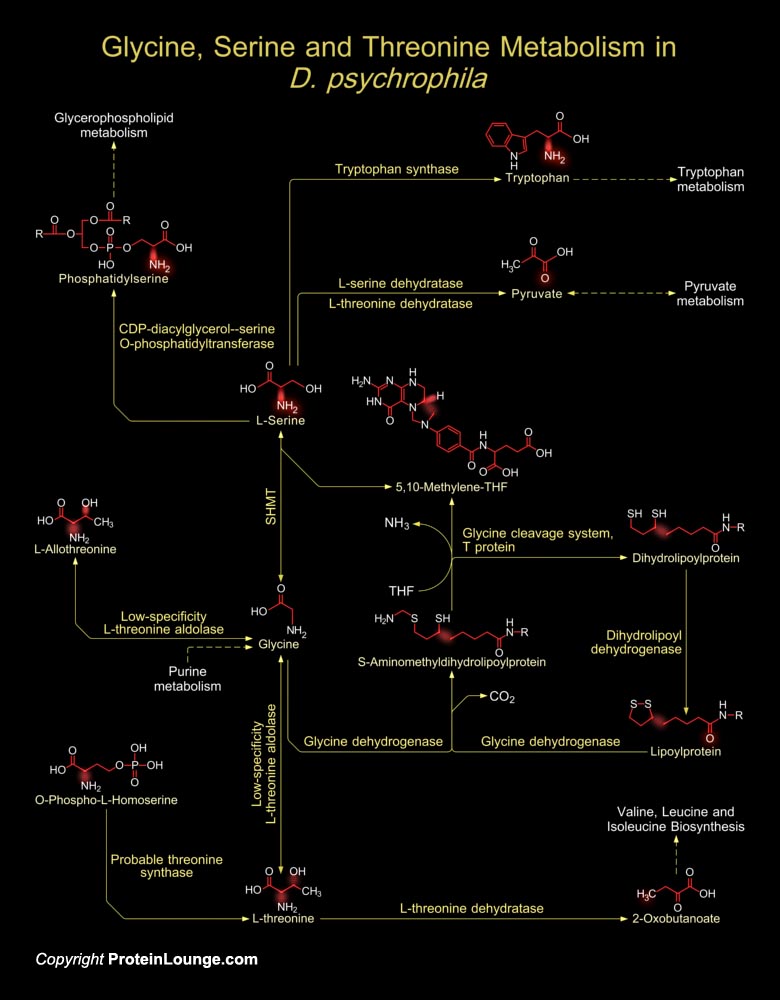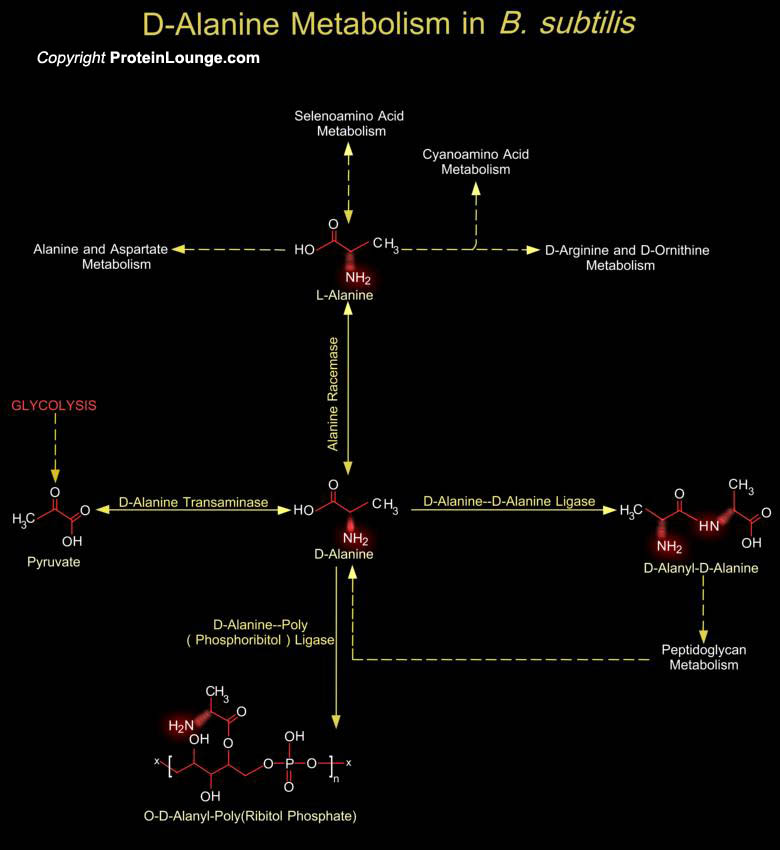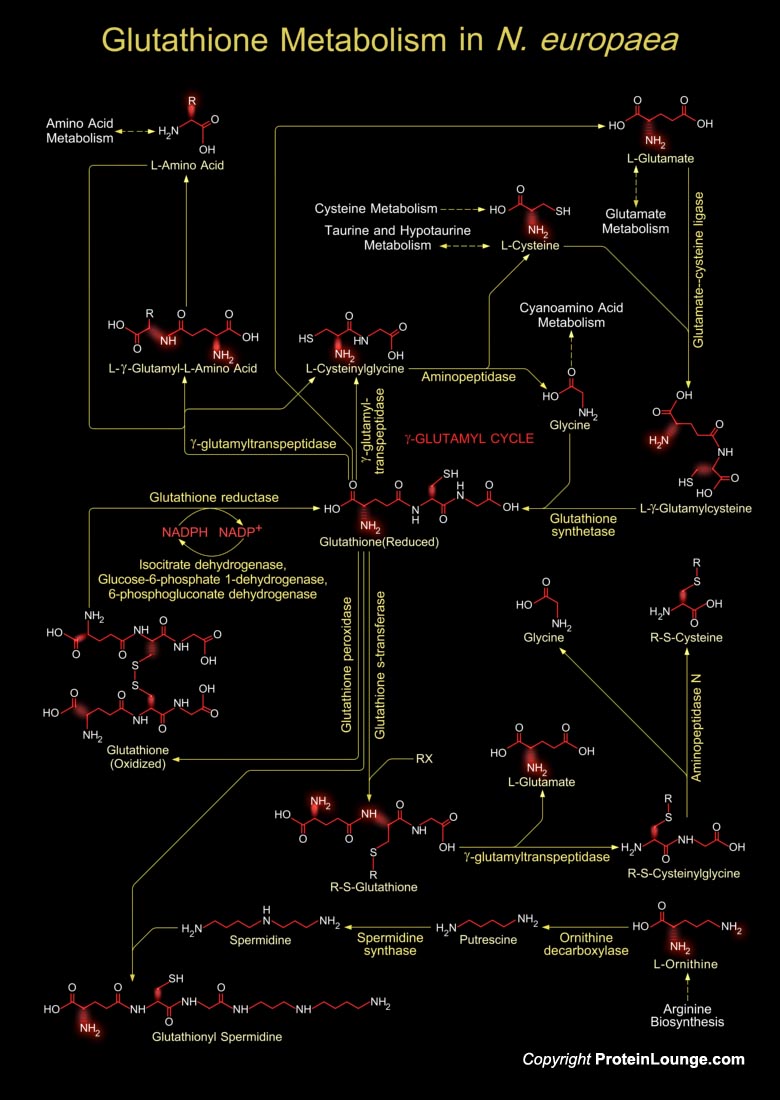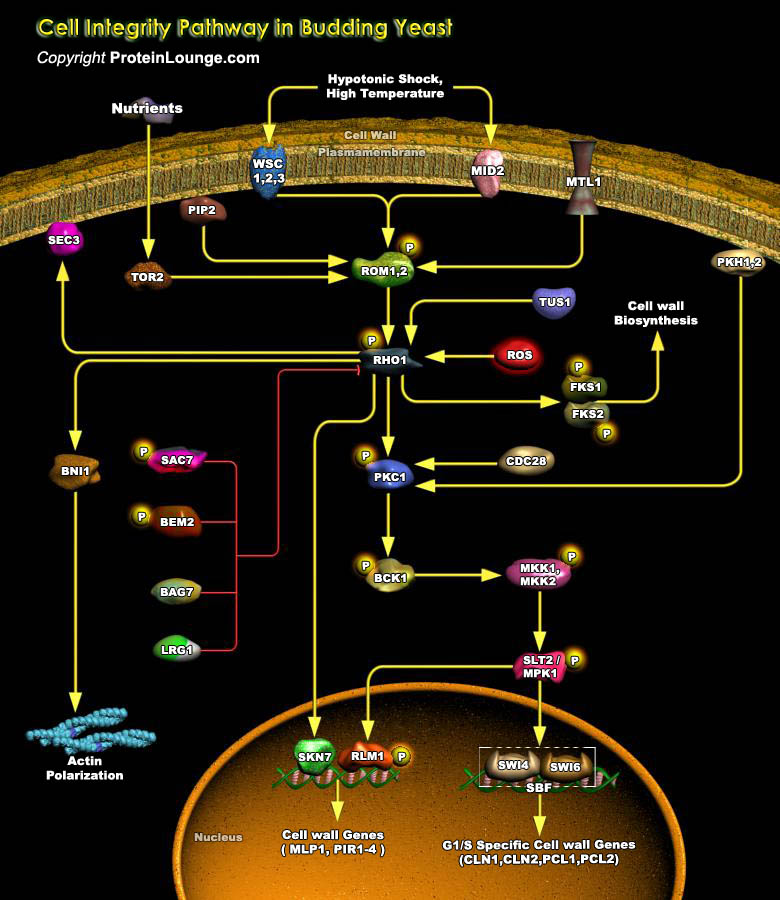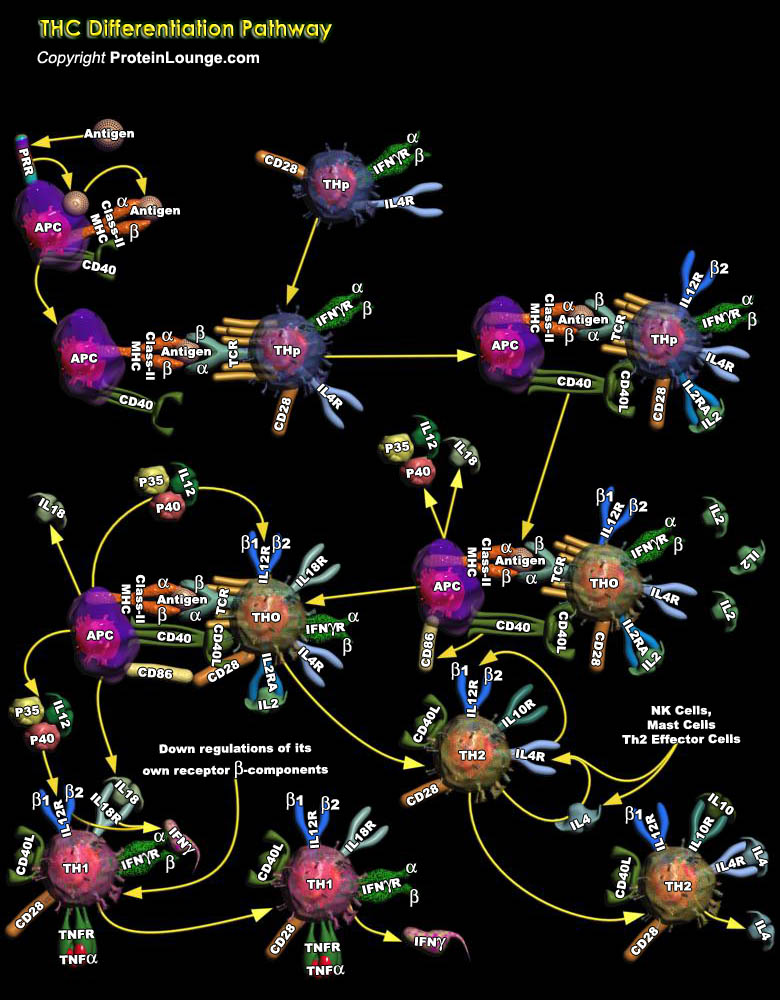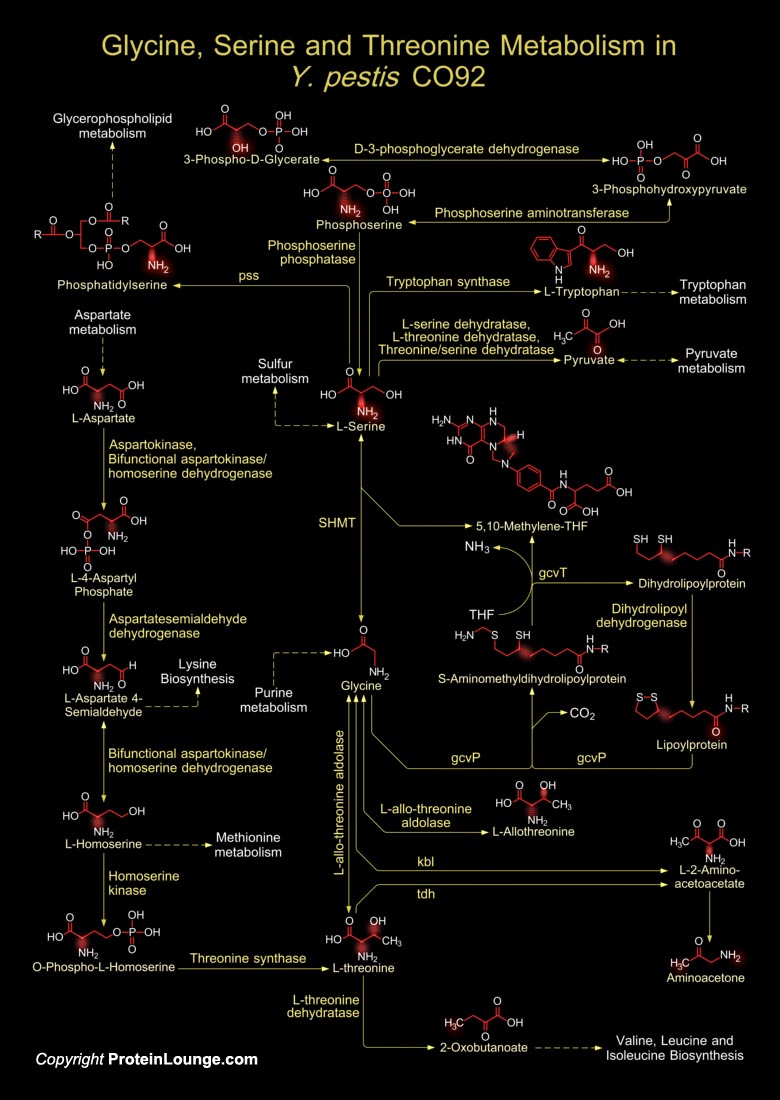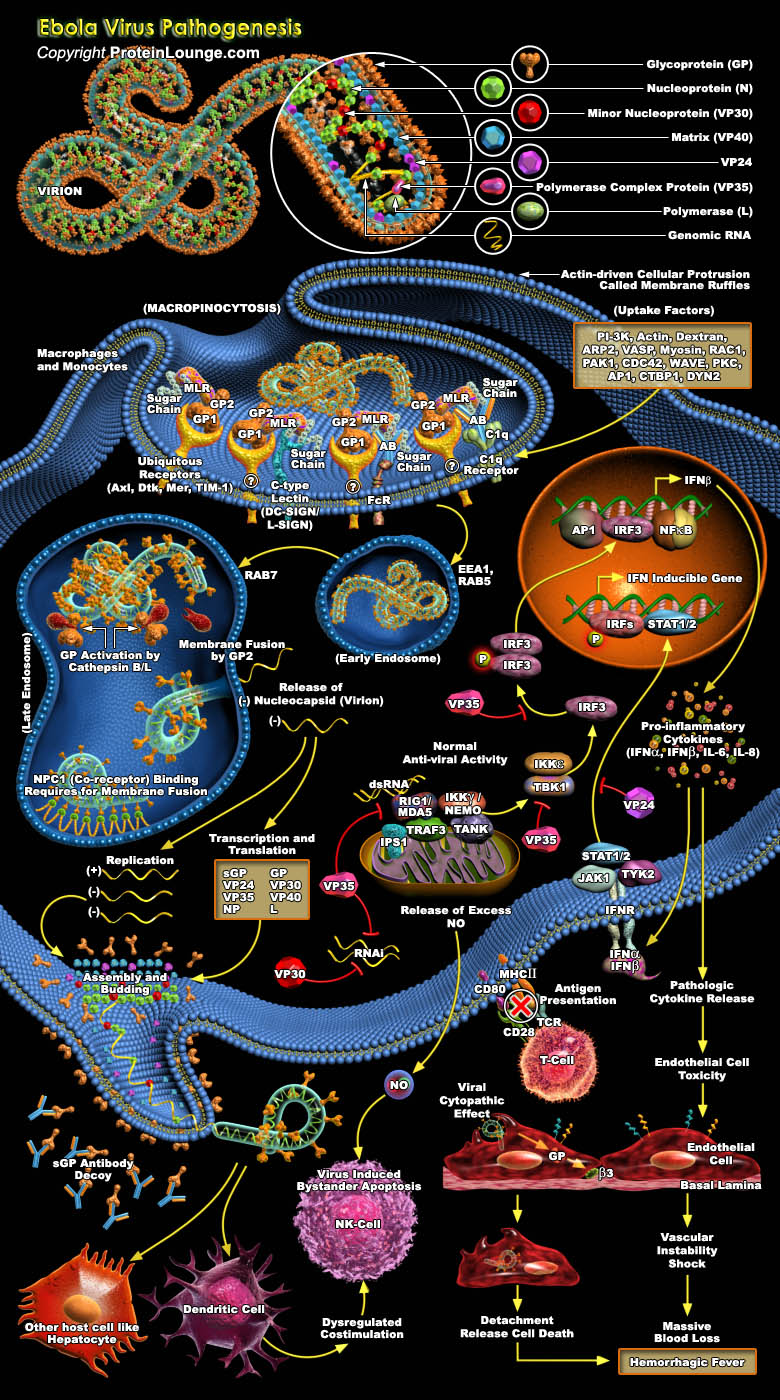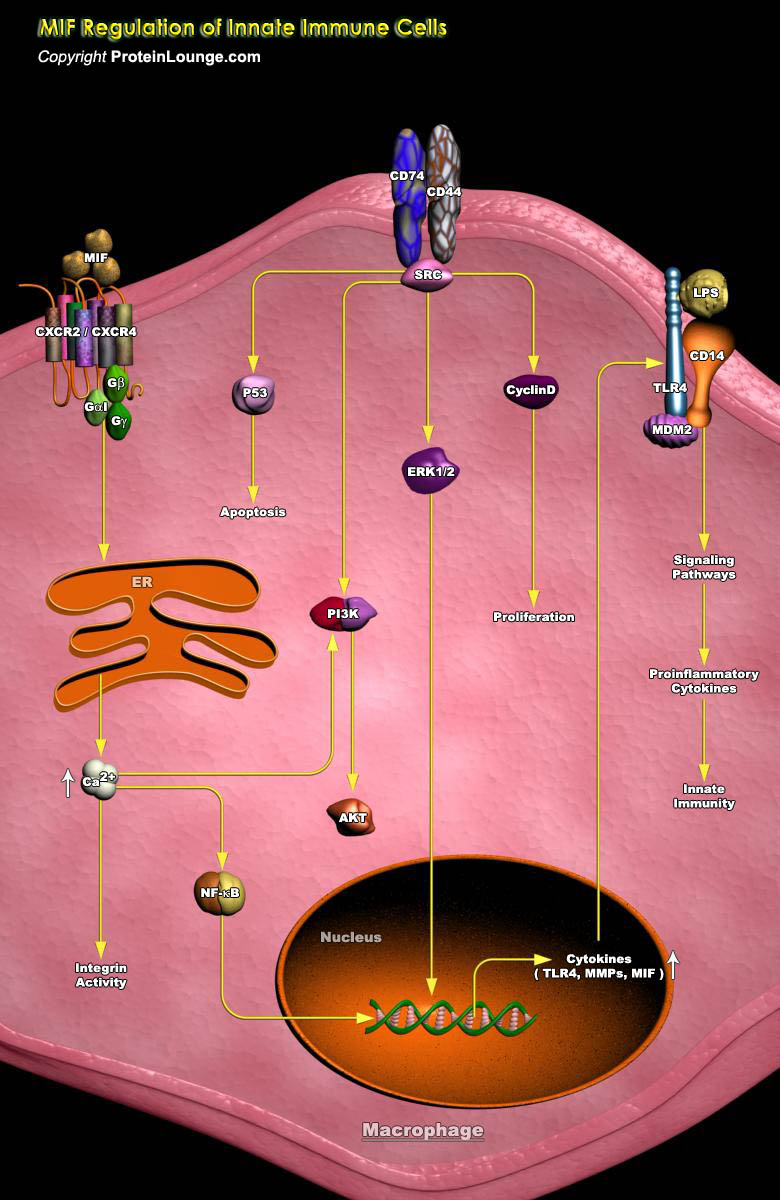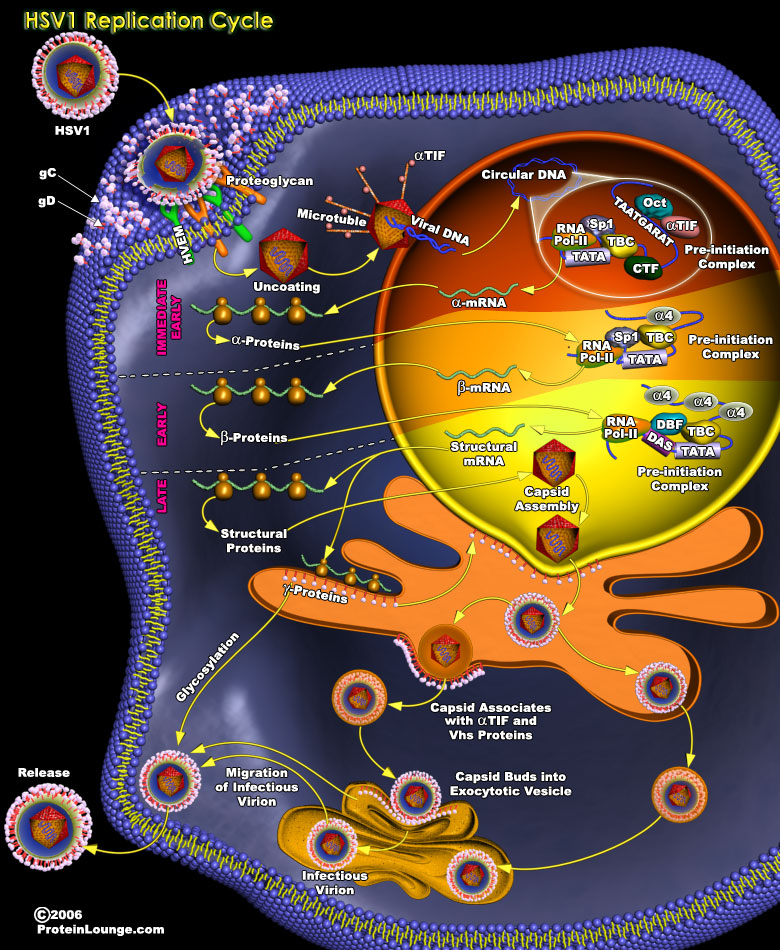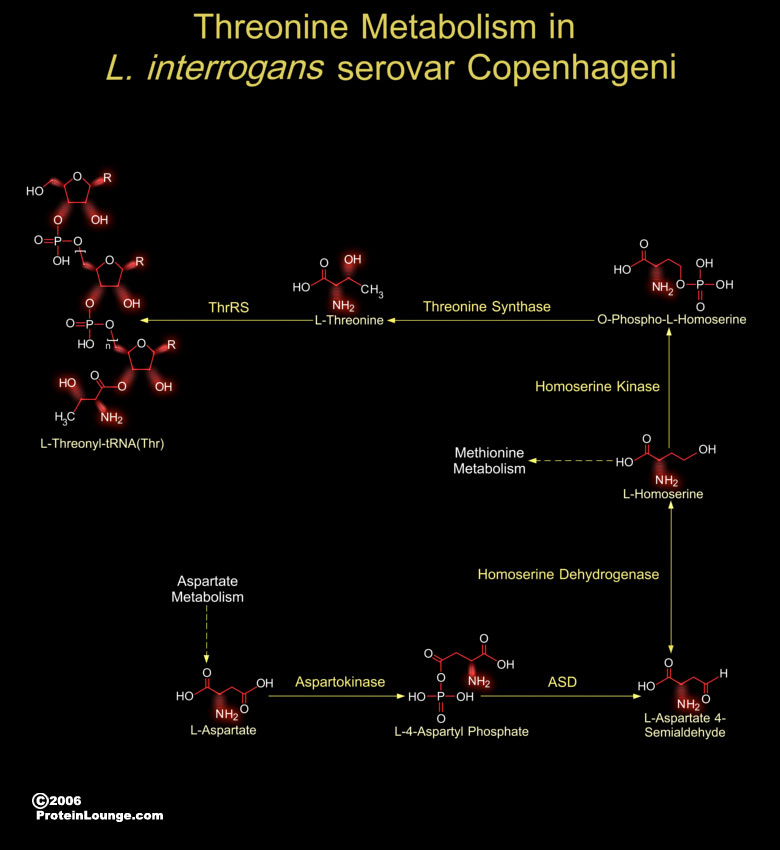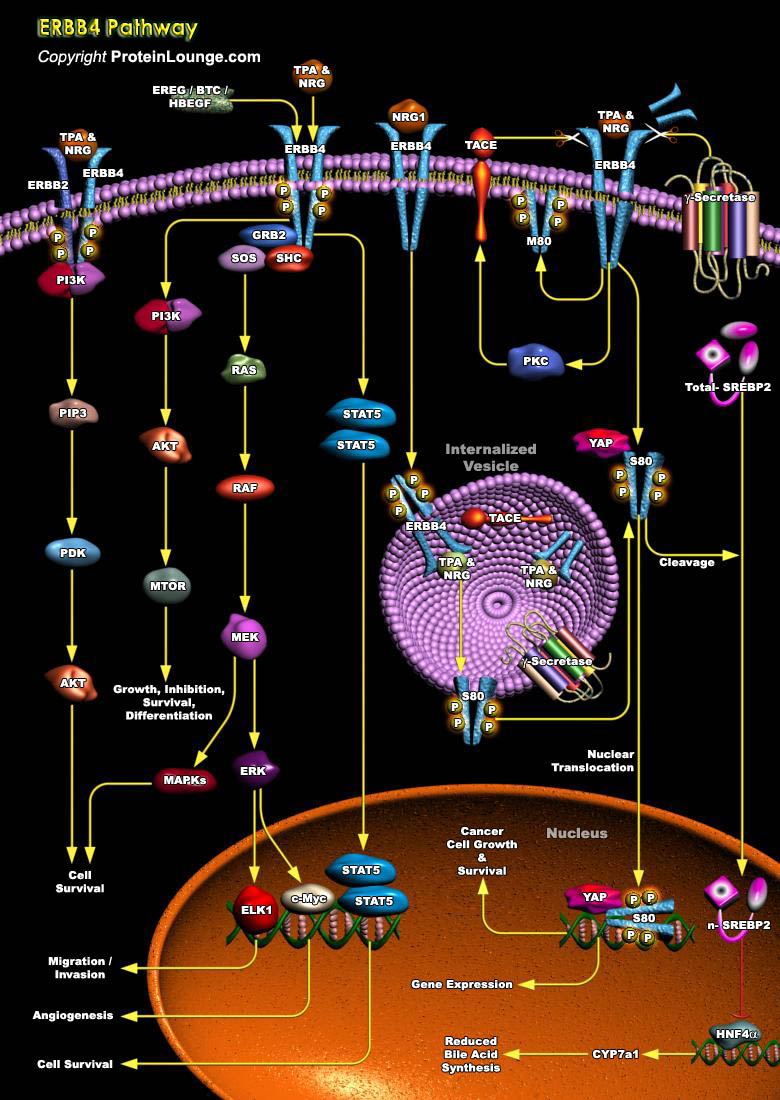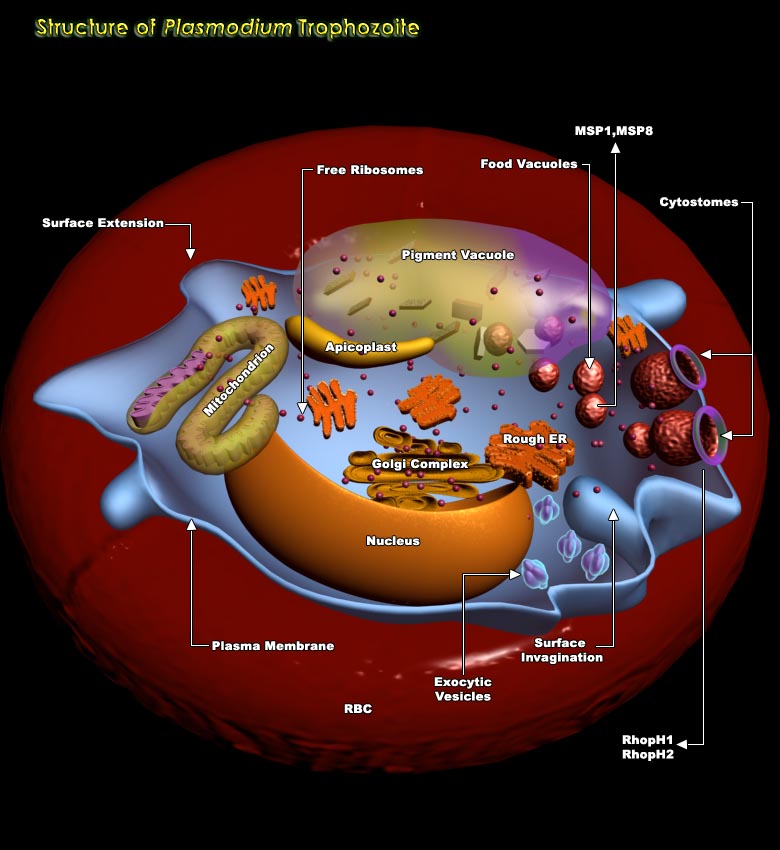Featured Pathways
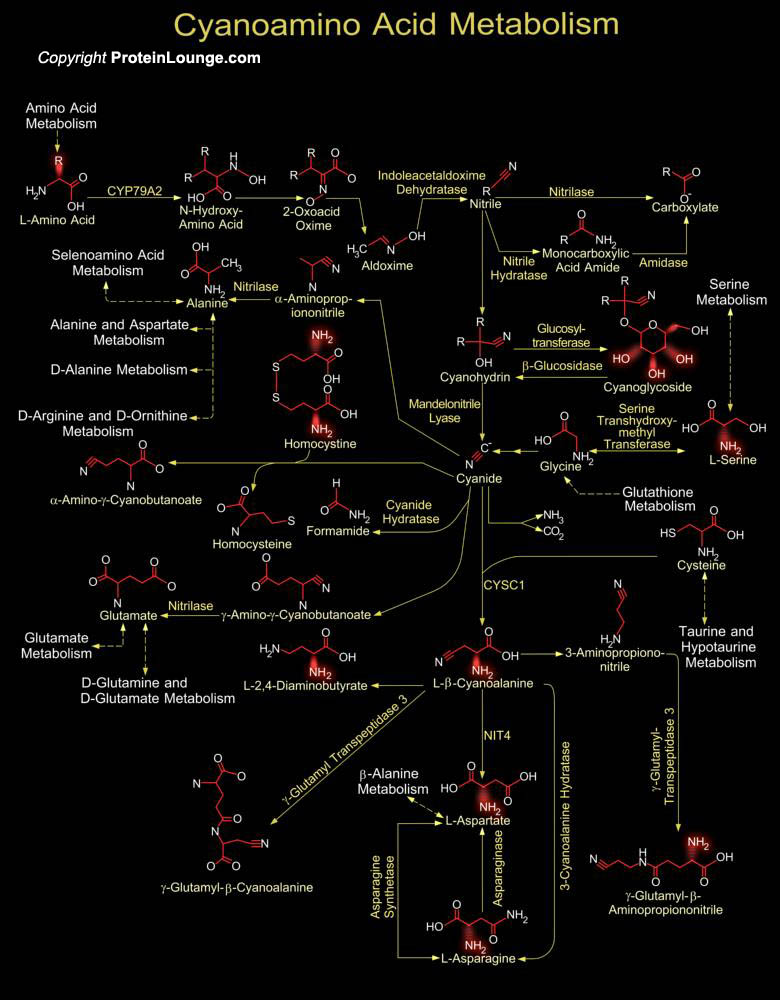
Cyanide is an important industrial chemical produced on a grand scale each year. Under physiological conditions at pH 7, Cyanide is mostly present as HCN (Hydrogen Cyanide). HCN, being volatile and less dense than air, can rapidly diffuse into the environment. Although extremely toxic to mammalian life, Cyanide is a natural product generated during Cyanogenesis by fungi, algae, plants and[..]
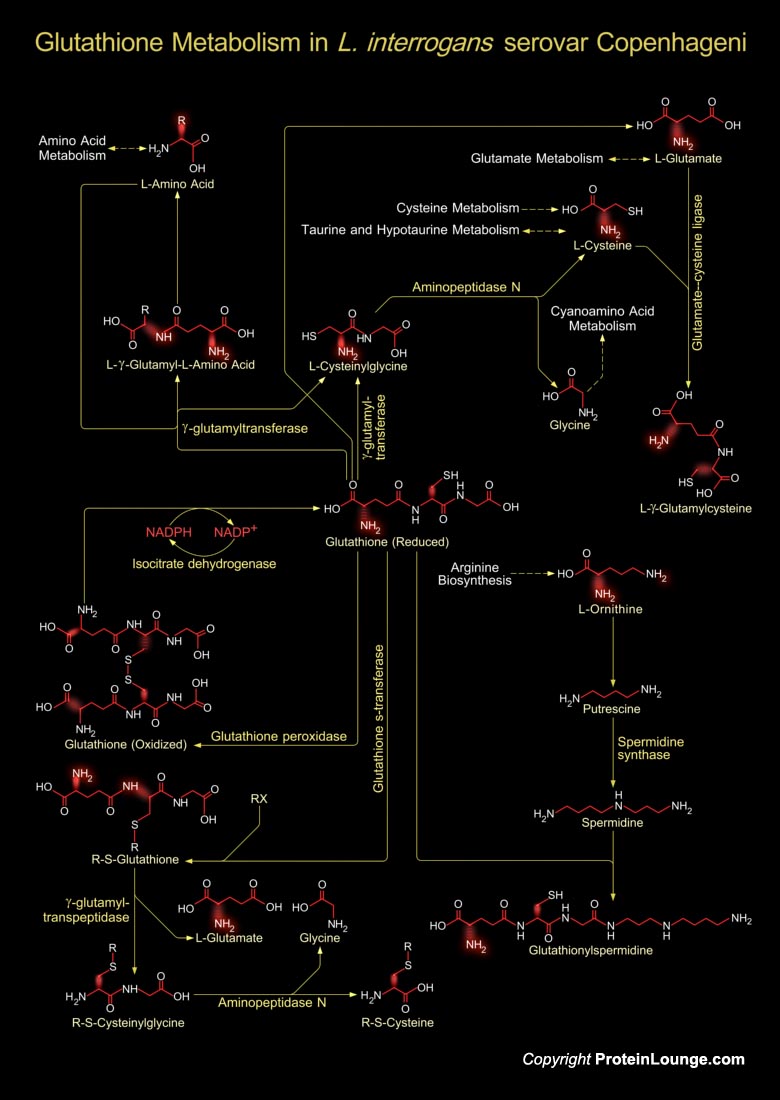
Leptospira is a genus of spirochaete Gram negative bacteria, which is divided into 20 species. Leptospira are obligate aerobe spirochete with cytoplasmic and outer membrane and two flagella that extend from the cytoplasmic membrane at the ends of the bacterium into the periplasmic space and are necessary for the motility of Leptospira. Leptospira interrogans are also grouped into[..]
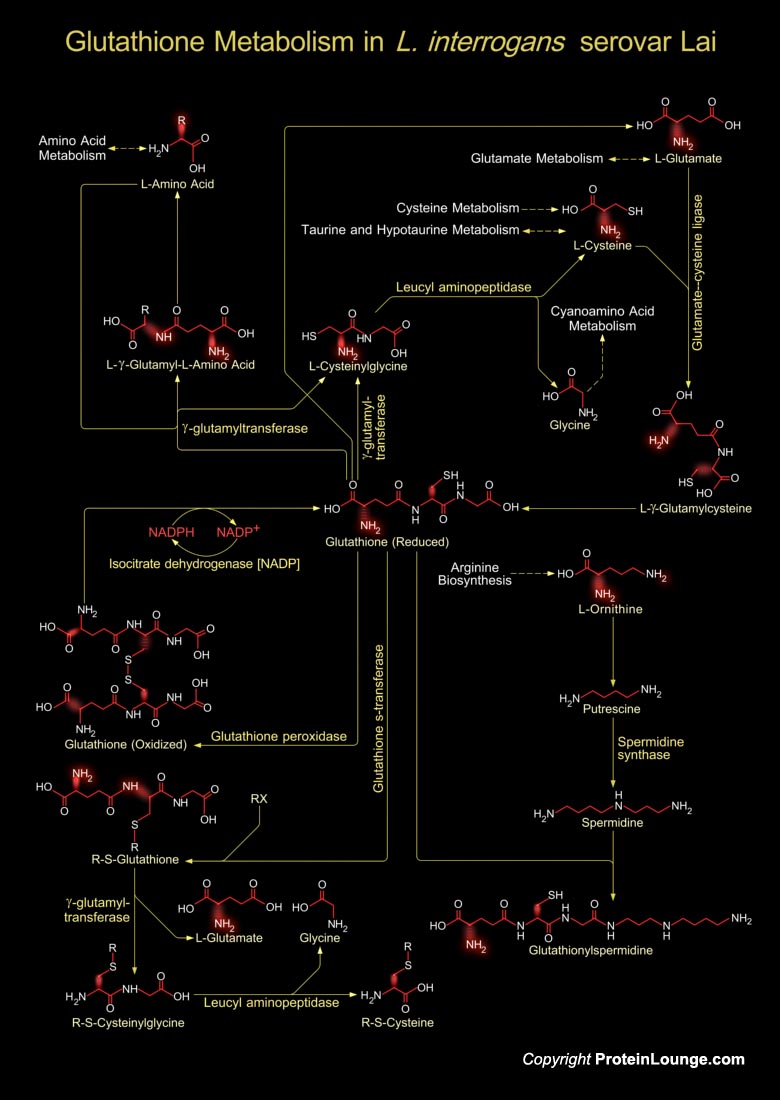
Leptospira is a genus of spirochetal bacteria and the causative agent of leptospirosis, a zoonotic disease of worldwide distribution. There are over 230 recognized serovars of pathogenic leptospires. Leptospira causes Leptospirosis, which causes a wide range of clinical manifestations ranging from a simple febrile illness to systemic complications such as pulmonary hemorrhage syndrome, acute[..]
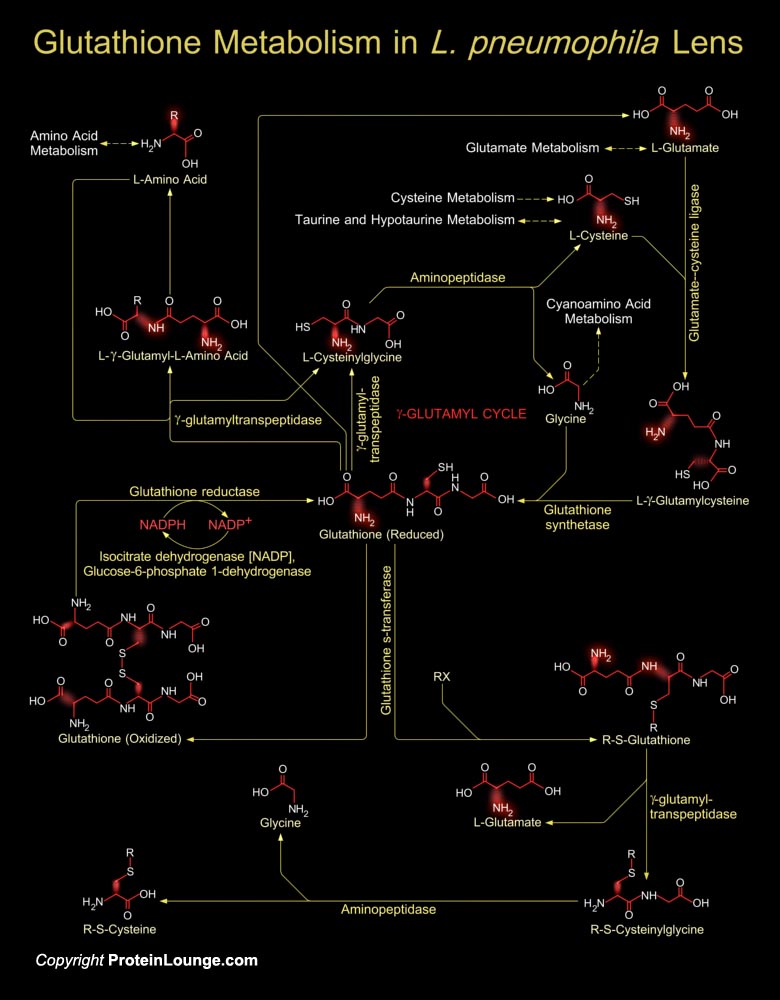
Legionella pneumophila is a motile, rod-shaped, Gram-negative, aerobic, bacterium, considered to be a facultative parasite. L. pneumophila is the causative agent of the Legionnaires' disease, a potential fatal pneumonia. L. pneumophila Lens is an epidemic strain L. pneumophila Paris was responsible for a major outbreak of disease in France. Other virulent strains[..]
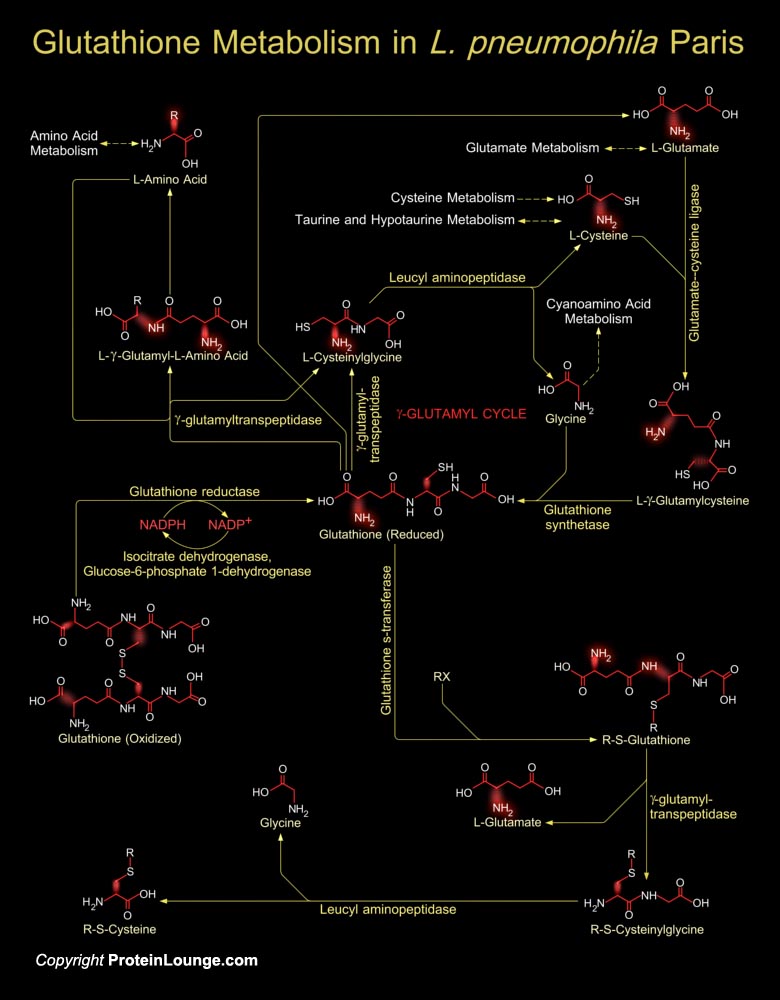
Legionella pneumophila is a thin, aerobic, pleomorphic, flagellated, non-spore-forming, Gram-negative bacterium of the genus Legionella that proliferates within alveolar macrophages, causing Legionnaires’ disease (Ref.1). It inhabits freshwater ecosystems, where it is present in biofilm or as planktonic form. L. pneumophila is mainly found associated with protozoa, which serve[..]
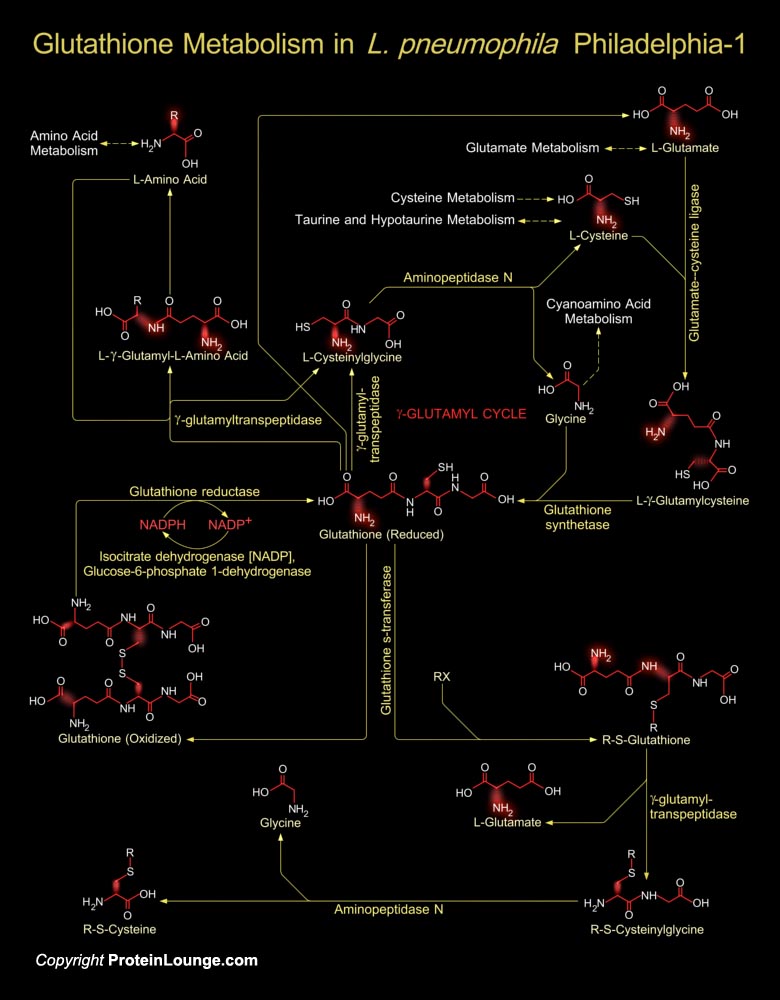
The genus Legionella represents a wide variety of Gram-negative, aerobic, bacterium that can, under certain circumstances, cause pneumonia, particularly in debilitated individuals. By far the most common species of Legionella responsible for such infections is Legionella pneumophila, considered to be a facultative parasite. L. pneumophila is the causative agent of the[..]
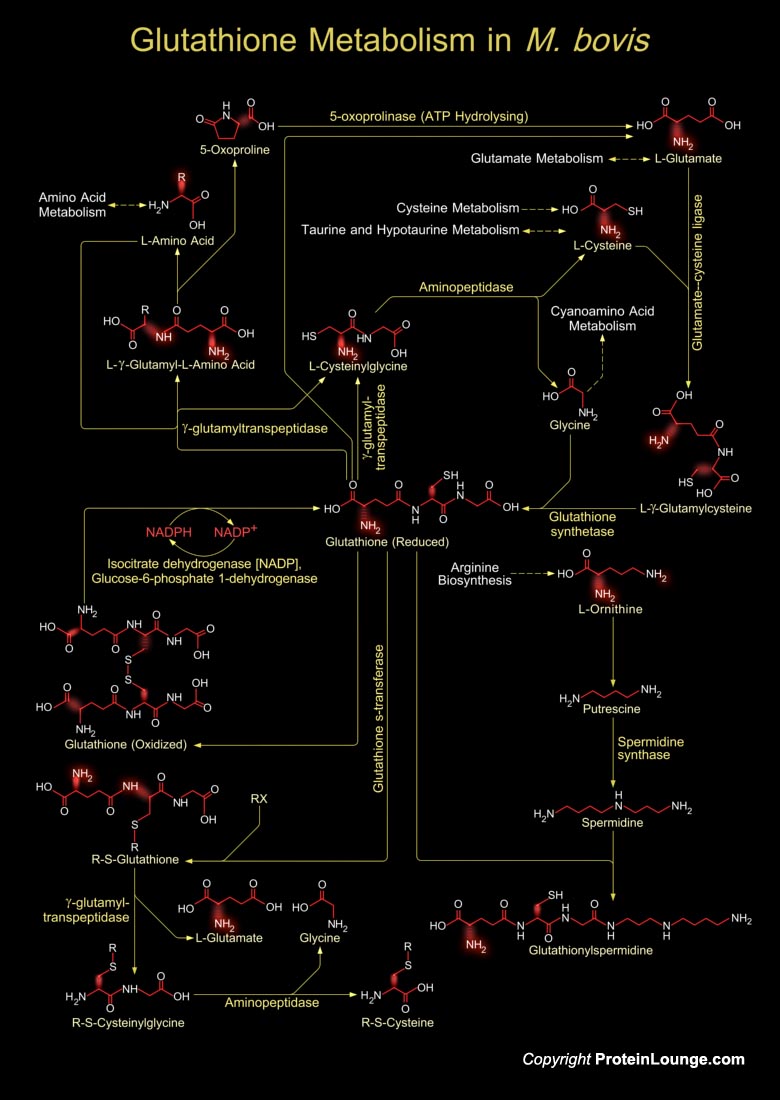
Mycobacterium bovis (M. bovis), is a Mycobacterium tuberculosis complex species responsible for tuberculosis in cattle and zoonotic tuberculosis in humans. Mycobacteria are Gram-positive, non-motile, pleomorphic rods shaped bacteria related to the Actinomyces. Most Mycobacteria are found in habitats such as water or soil. Bovine tuberculosis is a chronic, deadly infection most often[..]
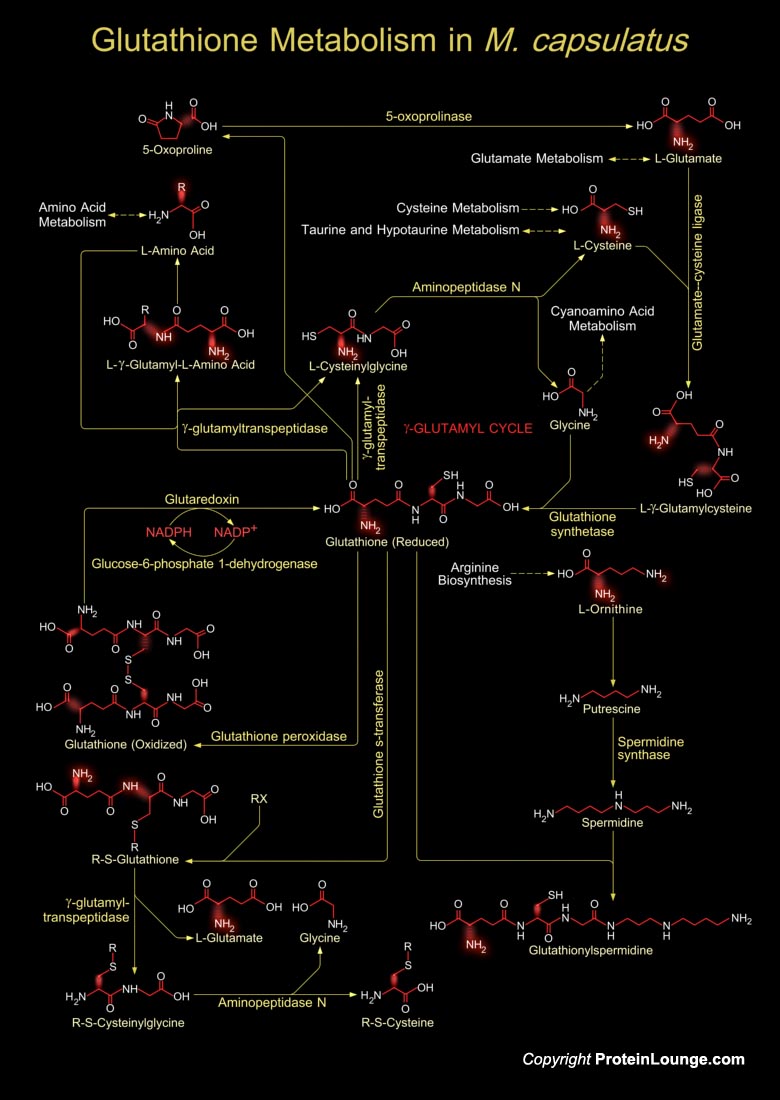
Methylococcus capsulatus is an obligate, Gram-negative methanotroph. Methanotrophs are responsible for the oxidation of biologically generated methane and therefore help reduce the amount of greenhouse gas that is released to Earth's atmosphere. The conversion of methane to biomass by M. capsulatus has been exploited for large-scale commercial production of microbial proteins by[..]
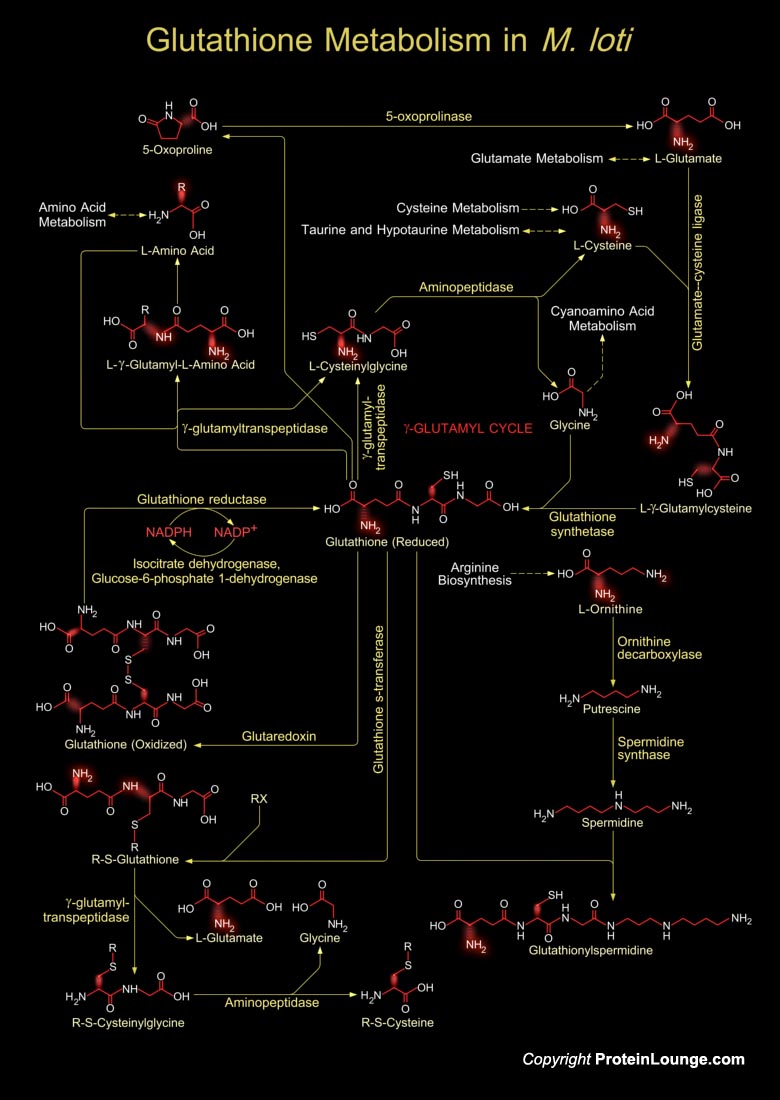
Rhizobium, Bradyrhizobium, Mesorhizobium, Sinorhizobium and Azorhizobium-known as Rhizobia-are Gram-negative, nitrogen-fixing bacteria of agronomic importance because they perform nitrogen-fixing symbiosis with leguminous plants. Nodule formation and the subsequent nitrogen-fixation result from a series of interactions controlled by the exchange of molecular signals between symbiotic bacteria[..]
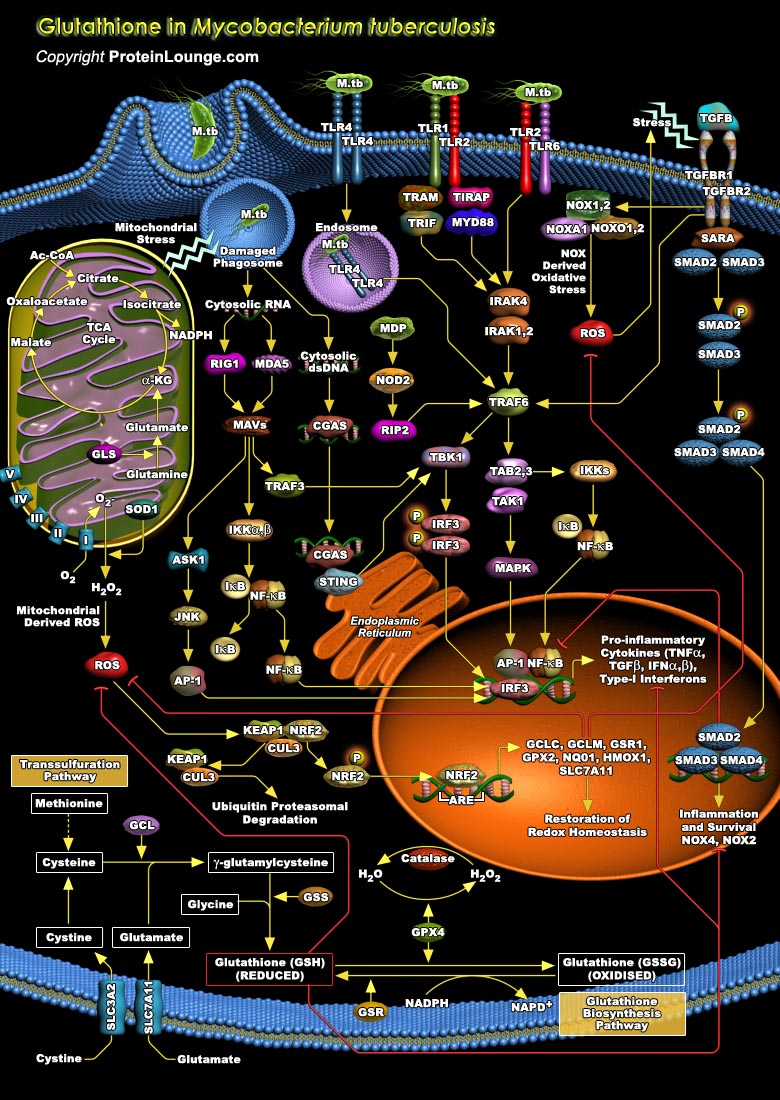
Tuberculosis (TB) is the leading bacterial cause of death worldwide. The causative agent for causing TB is Mycobacterium tuberculosis which is responsible for causing 8.8 million new cases of active disease and 1.6 million deaths per year. The first step in TB infection takes place with the internalization of the bacilli by alveolar macrophage followed by inhalation of[..]
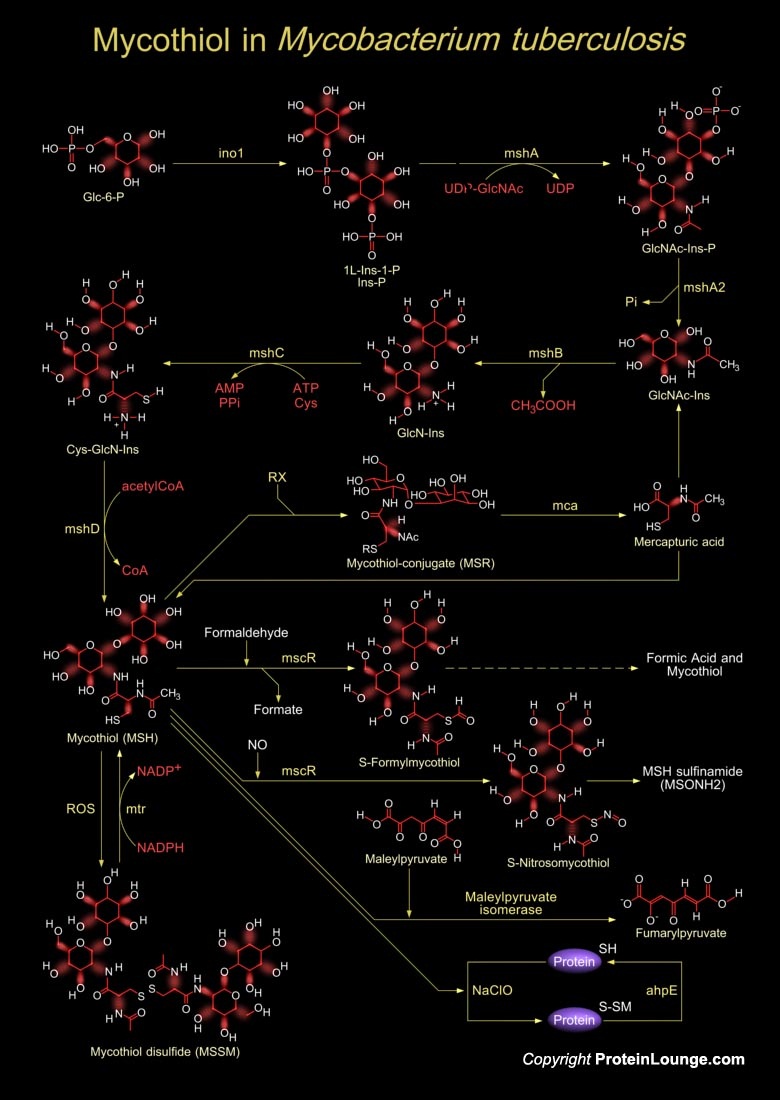
Mycobacterium tuberculosis is a Gram-positive bacterium of the family Actinomycetes. M. tuberculosis is the causative agent of Tuberculosis (TB) which is the world’s second commonest cause of death next to HIV/AIDS. M. tuberculosis is adept at resisting stresses imposed by host immunity, including reactive oxygen species (ROS), reactive nitrogen species (RNS), and[..]
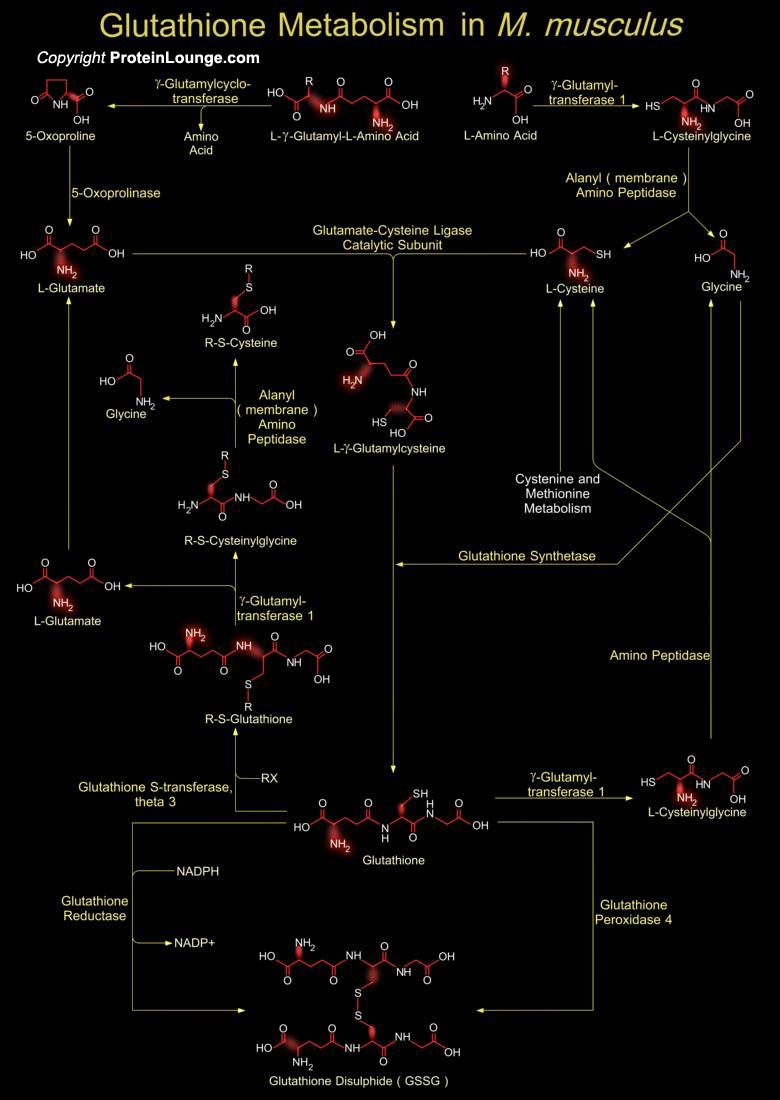
The tripeptide Glutathione is part of an integrated antioxidant system that protects cells and tissues from oxidative damage. Oxidative stress can result from exposure to excessive amounts of endogenous and exogenous electrophiles (Ref.1). Glutathione exists in two forms. The antioxidant "reduced Glutathione" tripeptide is conventionally called Glutathione and abbreviated Gsh; the[..]









